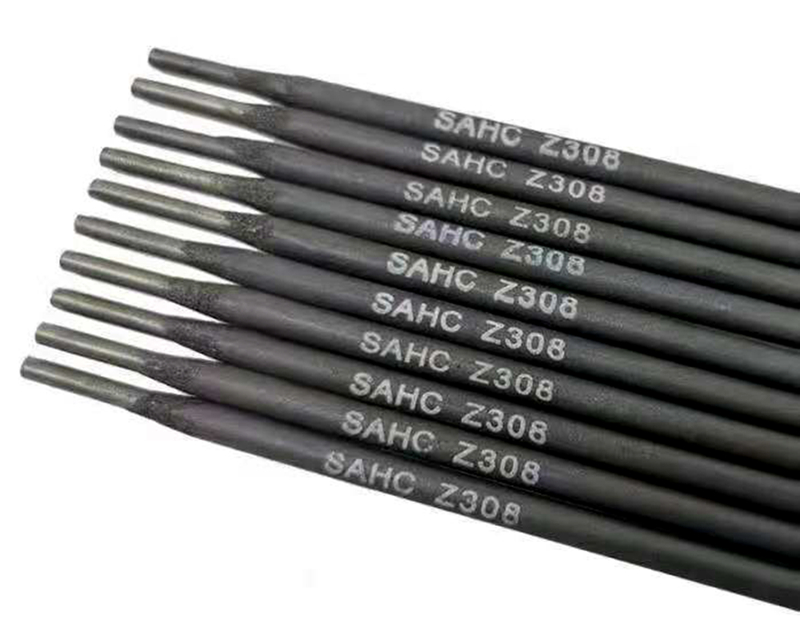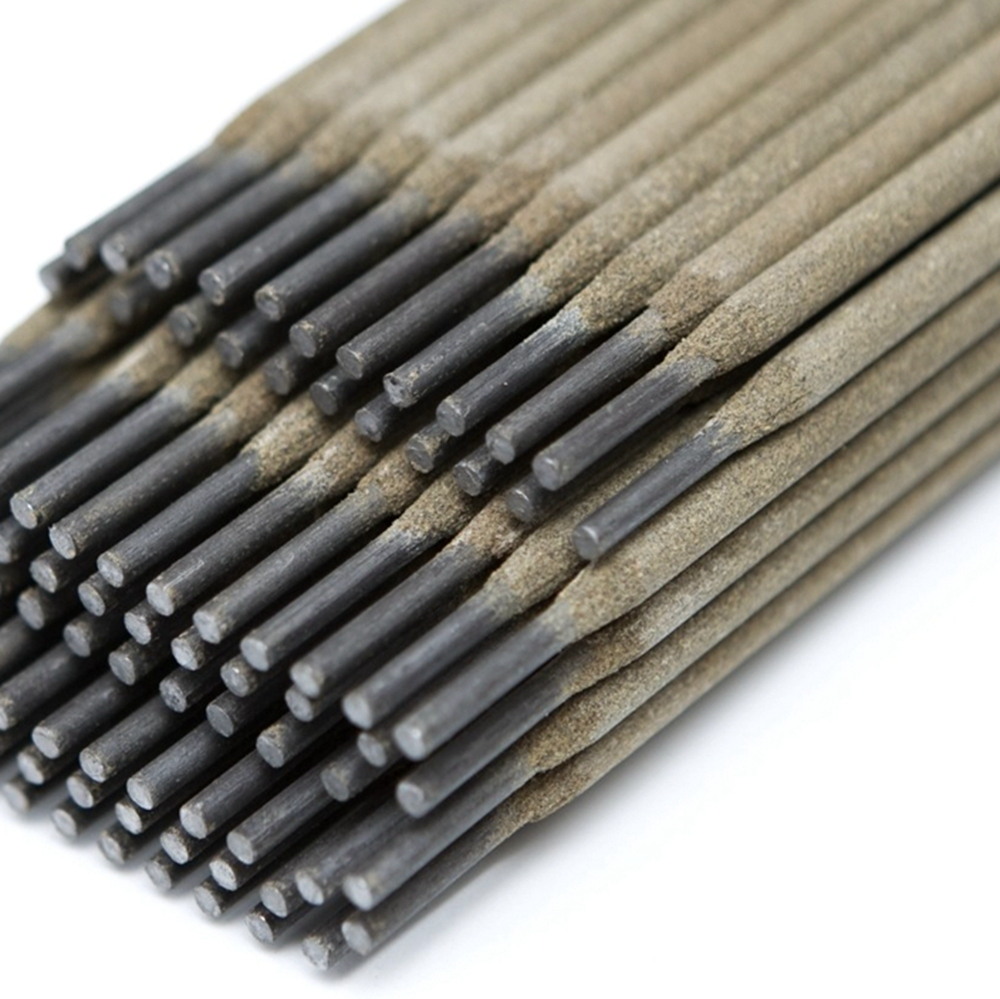Recently, China Southern Power Grid Corporation successfully developed the world's first UHVDC flexible DC converter valve, which is the company's commitment to the state's key R & D project "high-voltage high-capacity flexible DC transmission key technology research and engineering demonstration application" results, means China's flexible DC technology will be increased from the existing maximum voltage level ± 350 kV to ± 800 kV UHV level, and the transmission capacity will be raised from the existing maximum level of 1 million kilowatts to 5 million kilowatts, opening a new era of DC transmission. Breakthrough in key equipment to help straight development It is learned that in the absence of insurmountable geographical, political and technical barriers, communication is often the dominant mode of networking. For example, the development of the United States, Europe and Russia power grids is dominated by exchanges and large-scale interconnected synchronous grids are constructed. However, with the formation of a wide area AC power grid, the technical problems of the AC power grid continue to emerge, such as synchronization problems, stability problems and transmission distance problems. At the same time, there are some inherent shortcomings of AC power transmission technology, such as the presence of reactive power, not suitable for distributed power supply and so on. In contrast, the flexible DC transmission technology is based on a new generation of IGBT transmission technology, by changing the phase angle and amplitude of the voltage source converter output voltage, to achieve independent and fast reactive and reactive power regulation, is the world can The highest control, the most adaptable transmission technology, with technical advantages in renewable energy grid, DC network construction, weak system networking, large-scale urban power supply and other fields. At the same time, the flexible DC transmission system can realize the power receiving and supplying of the weak power grid, and the transmission distance is not limited by the charging power of the cable. It is the best technical means to realize the collection and transportation of the far-sea wind power base. With the development of power electronics technology, the major technical problems that restrict the development of flexible DC transmission are being solved step by step. As the heart of flexible DC transmission, the converter valve is a bridge between DC and AC conversion. It has the highest technical content and the greatest challenges in the flexible DC main equipment. The development of the world's first UHV DC converter valve, to solve the flexible DC transmission system when used in overhead transmission line exists, "the DC fault self-cleaning and system restart, DC voltage drop operation, the valve group online retreat "Three major challenges for the construction of overhead flexible DC transmission, multi-terminal DC transmission systems and DC power grid provides a strong technical support. Promote the large-scale use of new energy power In recent years, China has successively completed the construction of Shanghai Nanhui Flexible DC Demonstration Project (DC voltage ± 30 kV), ± 160 kV multi-terminal (four terminal) flexible DC transmission demonstration project in Shantou, Guangdong Province, ± 200 kV five-terminal flexible DC project , Xiamen ± 320 KV flexible DC project, etc. Meanwhile, large-capacity DC transmission technology is applied in the Luxi back-to-back converter station project (flexible unit capacity of 1000 MW and DC voltage of ± 350 kV). In accordance with the relevant planning, China will build ± 500 kV flexible DC grid demonstration project of renewable energy in Zhangbei and back-to-back direct-current connection of Chongqing, Hubei and Hubei Provinces. The application of flexible DC transmission technology will continue to be promoted while the voltage level and capacity are also increasing. Tang Guangfu, vice president of the Global Energy Internet Institute, said: "In order to meet the development and integration of large-scale renewable energy bases in the global energy Internet, there is a need for more efficient and flexible transmission of power transmission. Ultra-high voltage, large capacity flexible DC converter technology and equipment, to break ± 800 kV, ± 1100 kV and above the key technologies and flexible DC transmission technology and equipment to achieve greater capacity, more distance, more efficient large Scale renewable energy base and grid. " It is understood that, compared to conventional UHVDC, UHVDC flexible DC transmission applied to the transmission of new energy power generation, without the need to provide the operating voltage converter supporting construction capacity of 3 times the thermal power generation of new thermal power, thus significantly reducing the new energy power generation The overall cost of the delivery system helps to transport clean energy farther and more smoothly. That is to say, with the breakthrough of flexible DC technology, the existing energy bottlenecks that can only rely on the bundling of new energy with thermal power or local consumption can be solved, which will effectively promote the large-scale use of new energy power.
Fe-Cr-Mo-B Welding Electrodes is a graphite type surfacing electrode, the surfacing metal is molybdenum chromium boron alloy, the hardness of the surfacing layer is HRC=60~65°, and the matrix is Cr7Mo6B8 dispersion hardening and toughening austenite. The surfacing metal is eutectic or near-eutectic alloy, the electrode not only has high temperature resistance (up to 650 ℃) but also wear resistance, toughness and crack resistance. Has high resistance to impact abrasive wear.
It is suitable for surfacing welding of wear-resistant parts in various industries such as steel mills, power plants, cement plants, casting plants, building materials plants, etc., and its welding life is 6~8 times higher than that of other materials.
Welding Rods are classified by use
1. Structural steel electrodes: including carbon steel electrodes and some low alloy steel electrodes
2. Chrome-Molybdenum Welding Electrodes: the weld metal of this type of electrode has different degrees of high temperature resistance.
3. Stainless steel electrode: The weld metal of this type of electrode has different degrees of anti-atmospheric or corrosion-resistant working ability at normal temperature, high temperature or low temperature.
4. Surfacing electrode: The surfacing layer of the weld metal surface of this type of electrode has different degrees of wear-resistant or corrosion-resistant working ability at room temperature or high temperature.
5. AWS E6013 Carbon Steel Welding Rod Welding Electrode: The weld metal of this type of electrode has a certain low temperature resistance working ability.
6. Cast Tungsten Carbide Tube Welding Rod: This type of electrode is used for welding or repairing cast iron.
7. Nickel and nickel alloy electrodes: This type of electrode is used for welding of nickel and nickel alloys, as well as for welding and surfacing of dissimilar metals.
8. Copper and copper alloy electrodes: This type of electrode is used for the welding of copper and copper alloys, as well as for the welding and surfacing of dissimilar metals, and the welding repair of cast iron.
9. Aluminum and aluminum alloy electrodes: These electrodes are used for welding, repairing and surfacing of aluminum and aluminum alloys.
10. Tungsten Carbide Tube Welding Rod Electrode
Welding Electrodes,Welding Rods,Tungsten Carbide Tube Welding Rod Electrode,Cast Tungsten Carbide Tube Welding Rod HuiFeng Wear Resistant Group , https://www.hpwearsolution.com


September 25, 2024